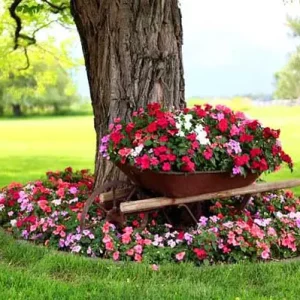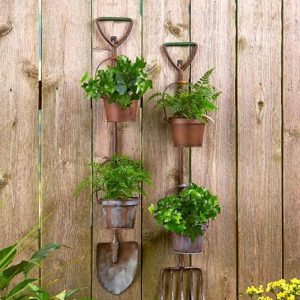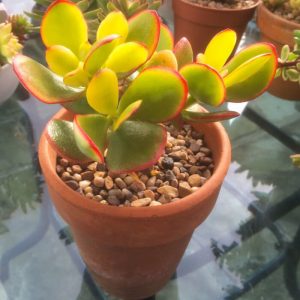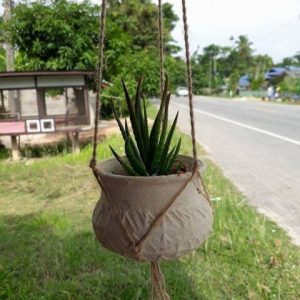
South Africa is a culturally and historically rich nation located at the tip of the African continent, bordering the Indian and South Atlantic Oceans. Home to 56.5 million people, the country represents a unique case of national development with several new advances, some even more relevant than one might expect. South Africa has seen undeniable progress since the end of apartheid in the 1980s. Even so, poverty in South Africa continues to be a prevalent issue. Here are five facts about poverty in South Africa.
5 Facts About Poverty in South Africa.
- Nearly half the adult population of South Africa lives in poverty. The South African government measures poverty by three threshold points. The upper-bound poverty line (UBPL) indicates an income of 1,183 Rand ($70.90) per month. On the other hand, the lower-bound and food poverty lines indicate incomes of 785 Rand ($47.04) and 547 Rand ($32.78) respectively. According to the Department of Statistics in South Africa, 49.2% of the population over the age of 18 falls below the upper-bound poverty line. The government has worked to address poverty levels mainly through a program called the New Growth Path (NGP). This policy works to support small businesses through financing and enhancing multiple sectors of the economy. NGP also aims to expand public work projects to ensure that more individuals will have access to consistent income.
- Women are generally more vulnerable to poverty. According to South Africa’s Living Conditions Survey (LCS), 52.2% of women fall below the UBPL, compared to 46.1% of men. Additionally, the research shows that 74.8% of women-led households follow below the UBPL, whereas only 59.3% of men-led households do. A similar gender gap exists at each line of poverty, with women consistently experiencing poverty more frequently than men. Data suggests that this difference has remained relatively stable over the past decade. Women-led families are also more likely to lack access to water and sanitation. The South African government’s Programme of Action has worked to address these issues. The program focuses on developing infrastructure, dispersing resources in rural areas and providing subsidies for housing enhancements. The program has grown in support and funding over the past five years.
- COVID-19 has made poverty worse in South Africa. With over 500,000 cumulative cases as of August 13, 2020, and close to 4,000 new cases on the same day, there is no doubt that the pandemic has exacerbated many of the underlying issues surrounding poverty in the country. Hunger and food insecurity have, in particular, become much more pressing issues. Lockdowns, for example, have halted employment and left many South Africans with the impossible choice of working to provide food or staying home to stay safe. Forecasts are currently estimating that the pandemic may push up to 1 million people into poverty.
- Inequality of all sorts characterizes access to income in South Africa. Whether in terms of wages, wealth or consumption, South Africa always places among the most unequal countries. In 2015, the country scored 0,65 in the Gini coefficient, one of the world’s highest. While inequality seems to have improved over the past 20 years when measured per capita, consumption inequality has actually increased since the end of apartheid. Similarly, even though black South Africans are reporting the largest increase in the average number of assets owned, within-group asset inequality among black South Africans has continued to grow. This puzzling trend seems to indicate that many of the problems from decades of apartheid have not disappeared, but rather have become a normal part of South African society. Additionally, a study that the World Bank published proves that South Africa’s inequality of opportunity, a type of inequality measured by the access to quality basic services such as education and healthcare, is higher than any other country. Government efforts to reduce inequality have included higher social spendings, affirmative action programs and targeted government transfers. The government has also seen promising success in its progressive tax system that has the potential to act as a redistributive tool in the coming years.
- Poverty headcounts in rural areas are significantly higher than that of urban areas. As of 2015, 25.2% of the population of urban areas lived below the UBPL, whereas 65.4% fell below the UBPL in rural areas. While grim at first, these findings do suggest that some policies are creating significant improvements in poverty levels. Over the past decade, the South African government has implemented a National Development Plan (NDP) with the intention of it acting as a blueprint for eradicating poverty below the lower-bound poverty line and reducing income inequality across the board. While still only in the middle phase of its execution, and the present pandemic certainly hindering it to some extent, this plan shows the government’s commitment to reduce poverty.
South Africa is continuing to grapple with its inherited history riddled with inequality and financial oppression. However, the more recent policies and conversations around the conditions of poverty are indicative of positive changes. The responsibility now falls both on the South African government and on the global community to continue fostering policies of poverty reduction and closing the gaps of inequality.







